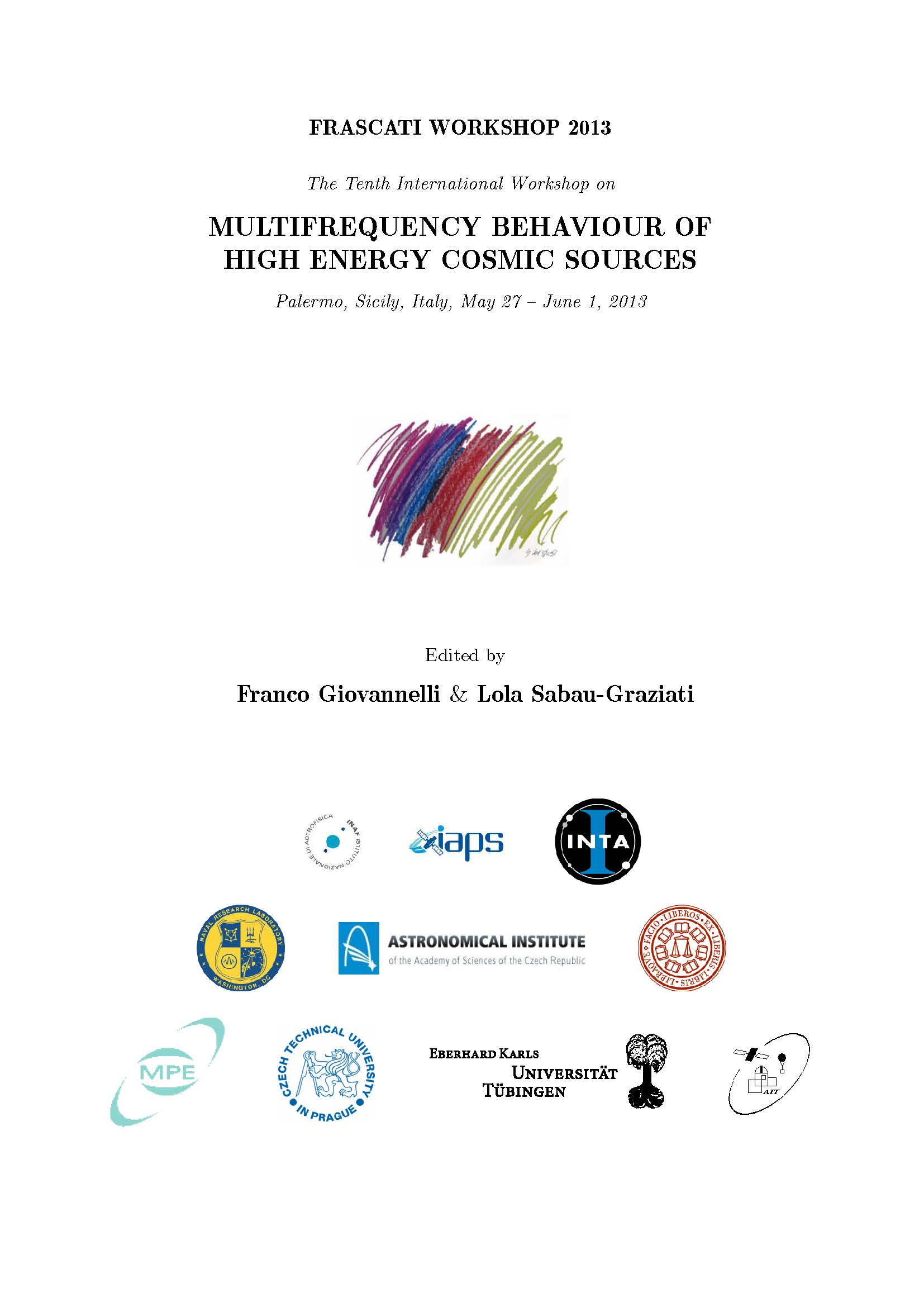High-Resolution X-Ray Spectroscopy of Galactic Supernova Remnants
DOI:
https://doi.org/10.14311/APP.2014.01.0200Abstract
High-resolution X-ray spectroscopy of Galactic supernova remnants (SNRs), based on grating spectrometers onboard XMM-Newton and Chandra, has been revealing a variety of new astrophysical phenomena. Broadened oxygen lines for a northwestern compact knot in SN 1006 clearly show a high oxygen temperature of ~300 keV. The high temperature together with a lower electron temperature (kTe ~ 1 keV) can be reasonably interpreted as temperature non-equilibration between electrons and oxygen behind a collisionless shock. An ejecta knot in the Puppis A SNR shows blueshifted line emission by ~ 1500kms-1. The line widths are fairly narrow in contrast to the SN 1006's knot; an upper limit of 0.9 eV is obtained for O VIII Lyα, which translates to an oxygen temperature of kTO < 30 keV. The low temperature suggests that the knot was heated by a reverse shock whose velocity is 4 times slower than that of a forward shock. Anomalous intensity ratios in O VII Heα lines, i.e., a stronger forbidden line than a resonance line, is found in a cloud-shock interaction region in Puppis A. The line ratio can be best explained by the charge-exchange emission that should arise at interfaces between the cold/warm clouds and the hot plasma. There are several other targets for which we plan to analyze high-quality grating data prior to the operation of the soft X-ray spectrometer onboard Astro-H.Downloads
Download data is not yet available.
Downloads
Published
2014-12-04
How to Cite
Katsuda, S., & Tsunemi, H. (2014). High-Resolution X-Ray Spectroscopy of Galactic Supernova Remnants. Acta Polytechnica CTU Proceedings, 1(1), 200–204. https://doi.org/10.14311/APP.2014.01.0200
Issue
Section
Articles



